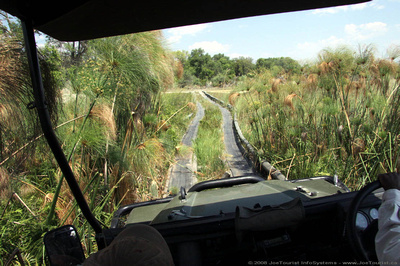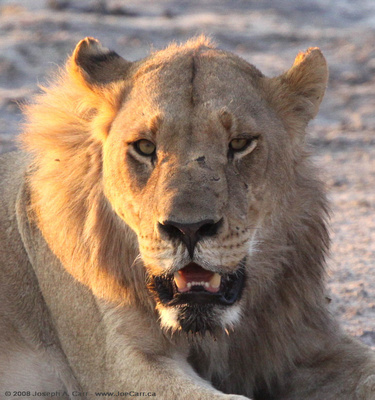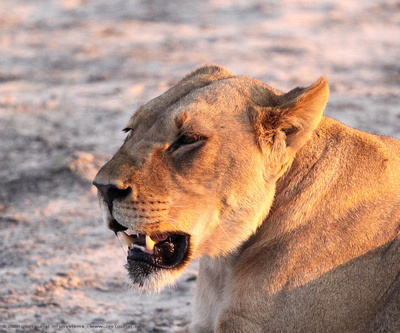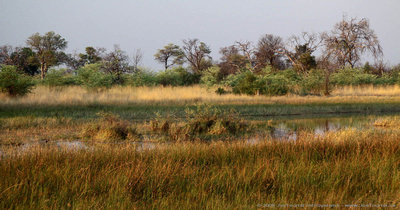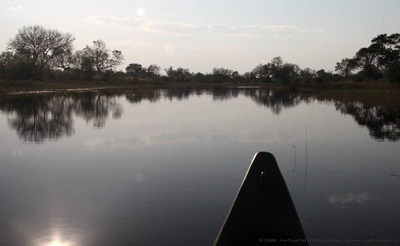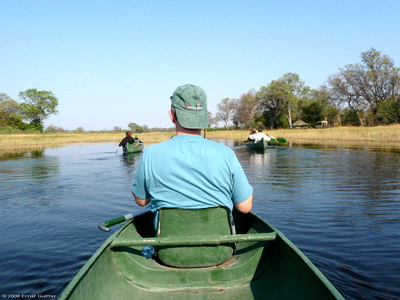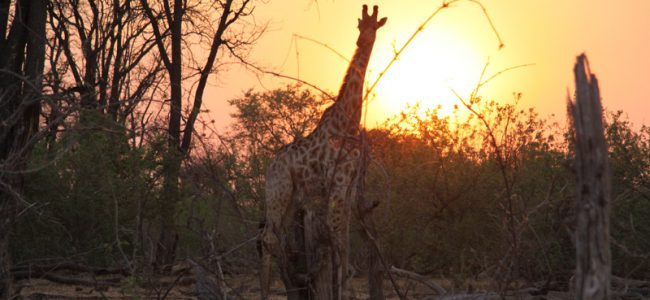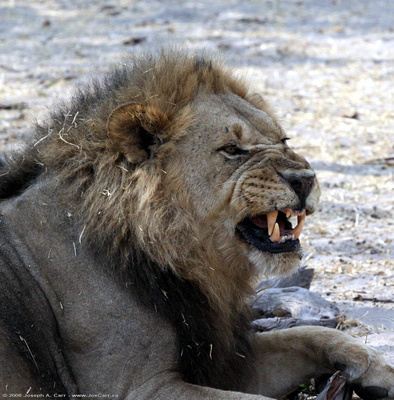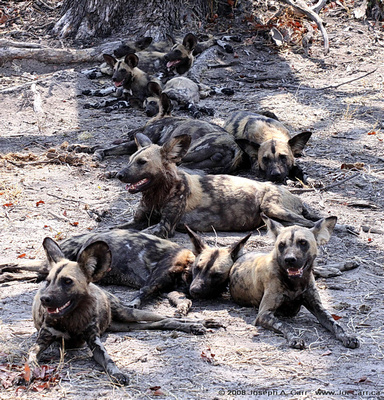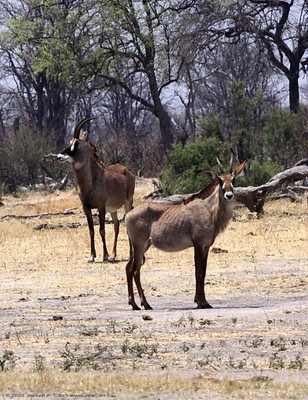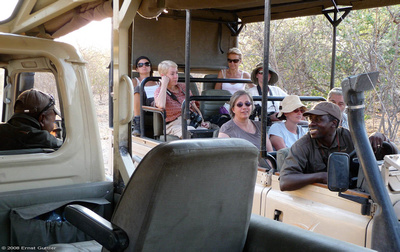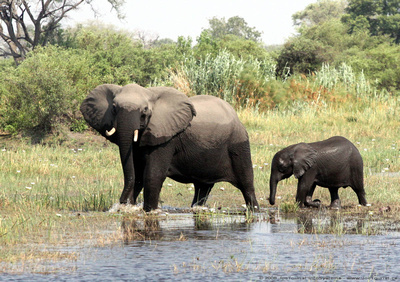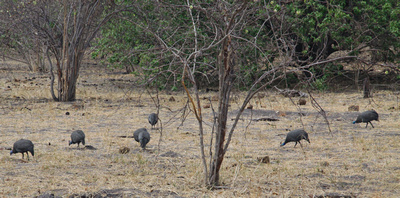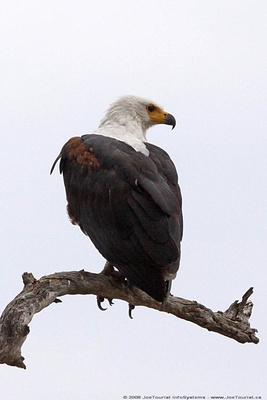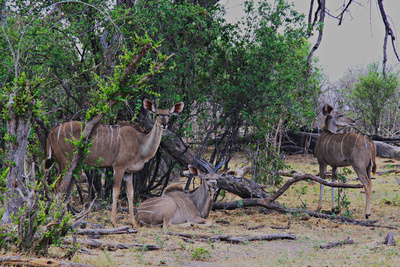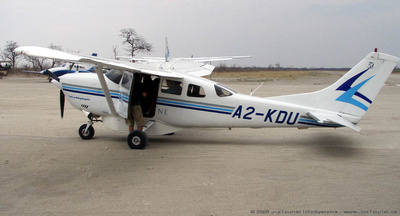October 25, 2008 – Saturday – Maun, Botswana to Johannesburg, South Africa
I say goodbye to Victor and Ernst in Maun airport. Ernst’s connecting flight to Johannesburg doesn’t leave until tomorrow, so he will overnight in Maun. I give Victor a generous tip since he did such an outstanding job guiding us for the last 12 days.
When I check in for Air Namibia SW139 – Maun to Windhoek, they don’t want to check my bag since it is so small. Security isn’t concerned about liquids, so I take the bag aboard with me. The first officer hands everyone a meal tray as we board the Beech 1900D Airliner: Fruit juice, 2 little meat patties (cold), bottled water, dessert. It wasn’t bad – I eat most of mine while we wait on the ground, since the flight is delayed because ATC didn’t receive a flight plan! The first officer goes inside and files a flight plan, and we still depart on time, flying to Windhoek at 21,000′.
The in-transit waiting area at Windhoek Airport seems to be filled with mostly German speakers and South Africans speaking with that clipped English accent. I can’t get a wireless connection, but my cellphone seems to connect to the cellular network without a problem (as it did in Maun Airport). Windhoek Airport is very modern, clean, and well-run.
I encounter a very ignorant Afrikaner while lining up at the boarding gate at Windhoek Airport. He wanted to go first in line, so I invited him to go ahead of me. He then called me “a creep” by way of a thank you! Our Air Namibia SW712 – Windhoek – Johannesburg (Boeing 737-500) flight departs at 6:45pm. There are thunderstorms brewing as we board, with some light rain falling. The thunderstorms make the flight very choppy, but the Air Namibia cabin crew do a good job serving drinks and dinner.
Upon arrival in Johannesburg Airport, I don’t have to wait for luggage to appear on the carousel since I have my small bag and camera bag with me as carry-on luggage. I am diverted around South African immigration, so I end up moving through the airport rather quickly. I meet my driver as arranged by Thompsons Africa; we retrieve my big bag from storage, and we’re off to the Protea Waterfront Hotel. This hotel is located midway between Johannesburg and Pretoria, so it takes almost an hour to wind our way through rush hour traffic on the expressways. I find my notebook computer is still inside my big bag as I unpack it in the hotel room – thank goodness!
Tomorrow I start the South African Surprise tour, which is a bus tour driving from Johannesburg down the coast of South Africa to Cape Town.












